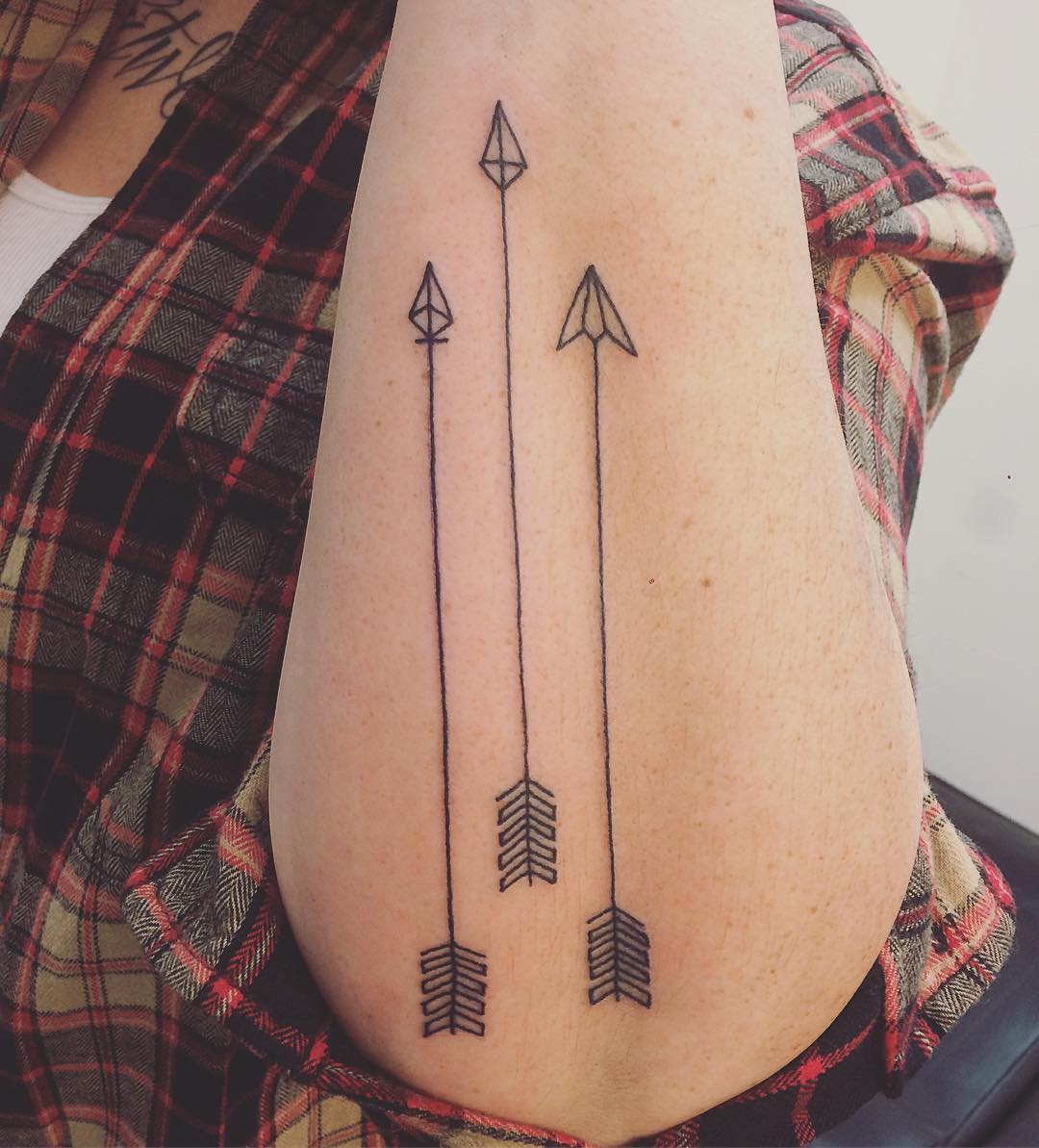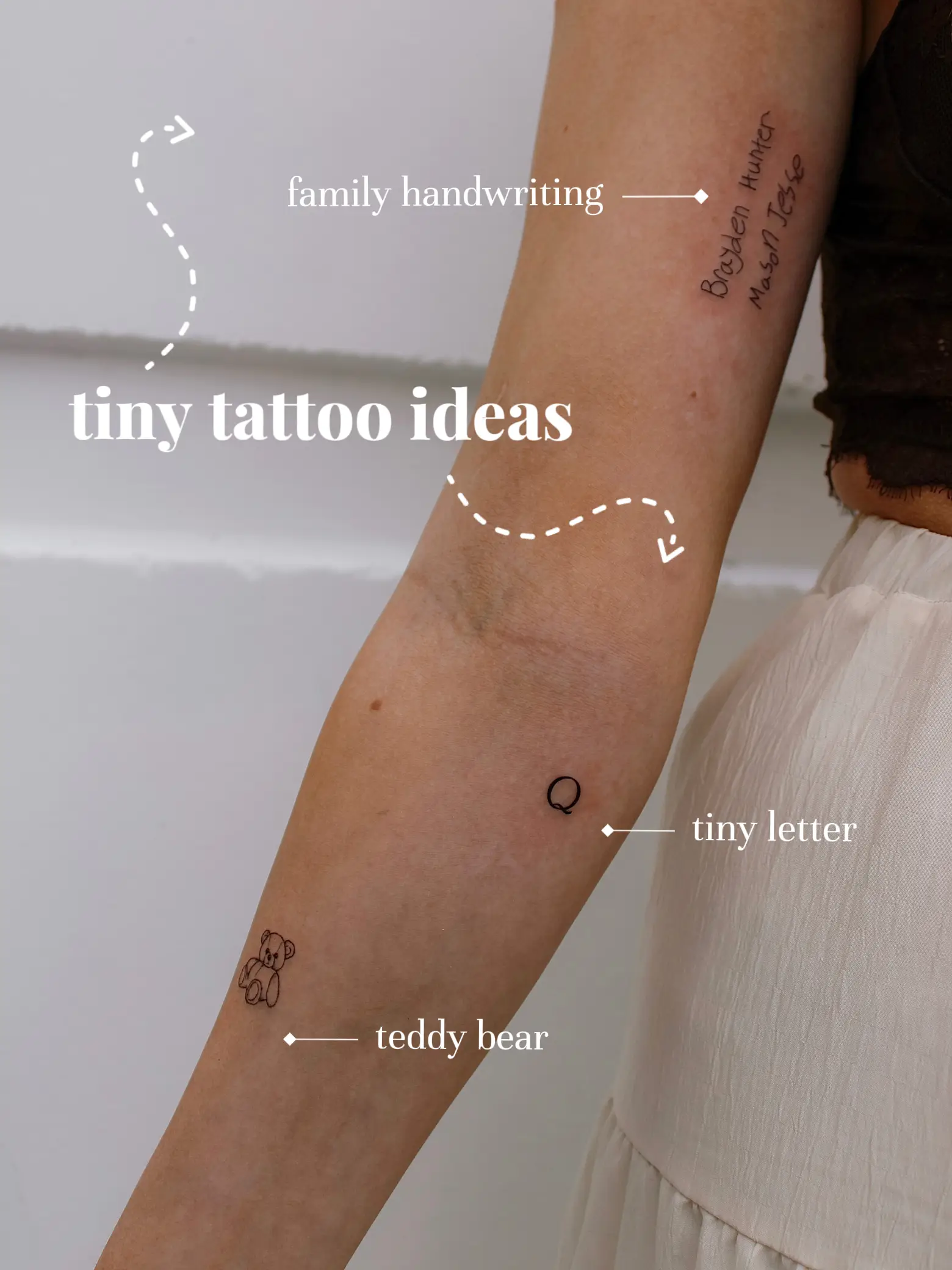
Okay, buckle up, tattoo enthusiasts! Let’s dive headfirst into the fascinating world of minimalist tattoos and, more specifically, where to ink them so they stay looking sharp and defined for years to come. We’re talking about longevity, folks – preserving that delicate artwork you’ve painstakingly chosen. Forget stretched-out blobs; we’re aiming for timeless elegance.
The Quest for Unyielding Canvas: Finding the Perfect Spot
Choosing a location for any tattoo is a big deal, but when it comes to minimalist designs, the stakes are even higher. These tiny treasures rely on crisp lines and defined shapes to make their impact. Stretching can distort that delicate balance, turning your carefully chosen symbol into something… less than ideal. So, where can you find that sweet spot, that patch of skin that will stand the test of time (and gravity)?
1. Upper Back: A Fortress of Firmness
The upper back, particularly between the shoulder blades, is a fantastic choice. This area tends to remain relatively stable throughout life, with minimal stretching or sagging. It’s a broad, flat canvas that’s perfect for larger minimalist designs or even a cluster of smaller, related symbols. Plus, it’s easily concealable if you need to keep your ink under wraps for professional reasons.
2. Outer Shoulder: Subtle and Steadfast
The outer shoulder is another winner. It’s an area that generally maintains its shape well, especially if you’re proactive about strength training. The gentle curve of the shoulder can also add a subtle dimension to your minimalist design, making it visually interesting without being overly flashy. Think small geometric shapes, delicate floral sprigs, or meaningful dates.
3. Forearm (Inner or Outer): A Visible Vow of Stability
The forearm, whether you choose the inner or outer side, offers a relatively stable surface. While there’s some muscle movement, the skin here doesn’t tend to stretch dramatically with weight fluctuations. The forearm also provides a great opportunity to showcase your minimalist tattoo, making it a visible reminder of something important to you. Consider simple line art, inspirational words, or abstract designs.
4. Wrist (Inner or Outer): A Delicate Declaration
The wrist is a popular choice for minimalist tattoos, and for good reason. While it’s a smaller area, it’s relatively stable and easily visible. Opt for the inner or outer wrist to minimize potential stretching. Think small symbols, initials, or delicate geometric patterns. Just be mindful that the wrist can be prone to fading over time due to frequent washing and sun exposure, so diligent aftercare is crucial.
5. Ankle (Outer): An Understated Elegance
The outer ankle is a chic and relatively stable location for a minimalist tattoo. It’s easily concealed or shown off, depending on your footwear. Choose designs that complement the natural curve of the ankle, such as small floral motifs, constellations, or simple geometric shapes. Again, sun exposure can be a factor, so sunscreen is your friend.
6. Ribcage (Sides Only): A Slightly Riskier, But Rewarding Choice
The ribcage can be a bit of a gamble, but the sides of the ribcage (avoiding the front) tend to hold up better than other areas. Minimalist designs along the sides can be incredibly striking and sensual. However, keep in mind that significant weight fluctuations or pregnancy can affect this area. If you’re considering a ribcage tattoo, discuss your lifestyle and body type with your tattoo artist to ensure the best possible outcome.
7. Behind the Ear: A Secret Symbol of Significance
The area behind the ear is a discreet and relatively stable location for a tiny minimalist tattoo. It’s perfect for a small symbol, initial, or abstract design that holds personal meaning. This spot is also easily hidden by your hair if you prefer a more subtle look.
8. Sternum (Upper): A Bold Statement with Careful Placement
The upper sternum, just below the collarbone, can be a stunning location for a minimalist tattoo. However, this area can be prone to stretching, especially with age or weight gain. Choose a small, delicate design that won’t be significantly affected by minor changes in skin elasticity.
9. Fingers (Sides Only): Tiny Treasures with a Touch of Caution
Finger tattoos are undeniably trendy, but they require careful consideration. The sides of the fingers tend to hold ink better than the palms or knuckles, which are subject to a lot of wear and tear. Choose a very simple design, like a single line or a tiny dot, and be prepared for potential fading or blurring over time.
10. Toes (Top Only): A Hidden Gem of Ink
Similar to fingers, toe tattoos are a bit more delicate. The top of the toes tends to be a more stable area than the sides or bottom. Opt for small, simple designs that won’t be significantly affected by stretching or fading.
11. Calves (Outer): Strength and Stability Combined
The outer calf is a surprisingly good location for a minimalist tattoo. The muscle tone in this area helps to maintain skin elasticity, minimizing the risk of stretching. Consider small geometric shapes, abstract designs, or even a series of related symbols that run down the calf.
12. Nape of the Neck: A Subtle and Stylish Choice
The nape of the neck is a classic location for a minimalist tattoo. It’s easily concealed by your hair, but can also be shown off with an updo. Choose a small, symmetrical design that complements the shape of your neck.
13. Hip (Upper Outer): A Sensual and Stable Canvas
The upper outer hip, just below the waistline, is a relatively stable area that’s perfect for a minimalist tattoo. It’s a sensual and discreet location that can be easily concealed or revealed, depending on your clothing.
14. Avoiding the Danger Zones: Areas Prone to Stretching
Before you get too excited, let’s talk about the areas you should probably avoid if you’re concerned about stretching. These include:
- Stomach: Prone to significant stretching with weight fluctuations and pregnancy.
- Inner Thighs: Subject to rubbing and stretching.
- Buttocks: Also prone to stretching and sagging.
- Breasts: Can change significantly with age, weight gain, and pregnancy.
- Elbows and Knees: Areas of high movement and skin creasing.
15. The Artist’s Expertise: Your Secret Weapon
Ultimately, the best location for your minimalist tattoo will depend on your individual body type, lifestyle, and the specific design you’ve chosen. Consult with a reputable tattoo artist who has experience with minimalist tattoos. They can assess your skin elasticity, discuss potential risks, and help you choose the perfect location for your ink. They can also advise on design elements that will minimize the risk of distortion over time. Remember, a skilled artist is your best ally in ensuring the longevity and beauty of your minimalist masterpiece.
Conclusion: A Lasting Impression
Choosing the right location for your minimalist tattoo is an investment in its future. By opting for areas that are less prone to stretching and working with a skilled artist, you can ensure that your delicate artwork remains a crisp and beautiful expression of yourself for years to come. So, take your time, do your research, and choose wisely. Your minimalist tattoo deserves nothing less.
FAQs: Your Burning Questions Answered
1. Will weight gain definitely ruin my tattoo?
Not necessarily! Moderate weight fluctuations are unlikely to drastically distort a tattoo in a stable location. However, significant weight gain or loss can definitely affect the appearance of tattoos in areas prone to stretching.
2. How does pregnancy affect tattoos?
Pregnancy can cause significant stretching of the skin, particularly on the stomach, breasts, and hips. It’s generally best to wait until after pregnancy to get tattoos in these areas.
3. What aftercare is most important for tattoo longevity?
Moisturizing regularly is key to keeping the skin supple and preventing dryness, which can contribute to stretching. Also, always protect your tattoo from the sun with sunscreen.
4. Can laser tattoo removal cause stretching?
Laser tattoo removal itself doesn’t typically cause stretching. However, the skin may experience some changes in texture or elasticity during the removal process.
5. Are there any creams or treatments that can prevent tattoo stretching?
While there’s no magic cream that can completely prevent stretching, maintaining a healthy lifestyle, staying hydrated, and using moisturizing creams with ingredients like vitamin E and collagen can help improve skin elasticity.




